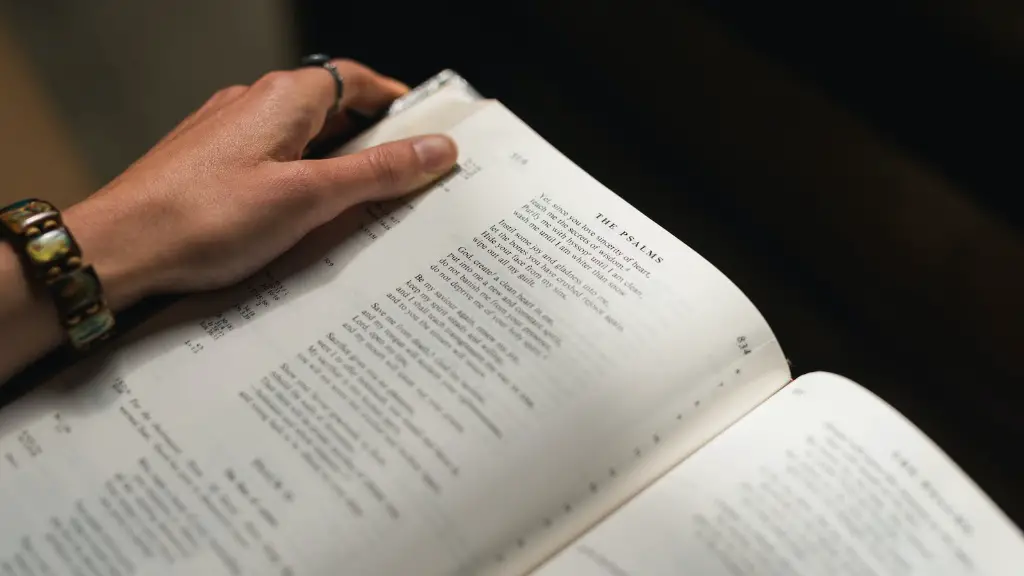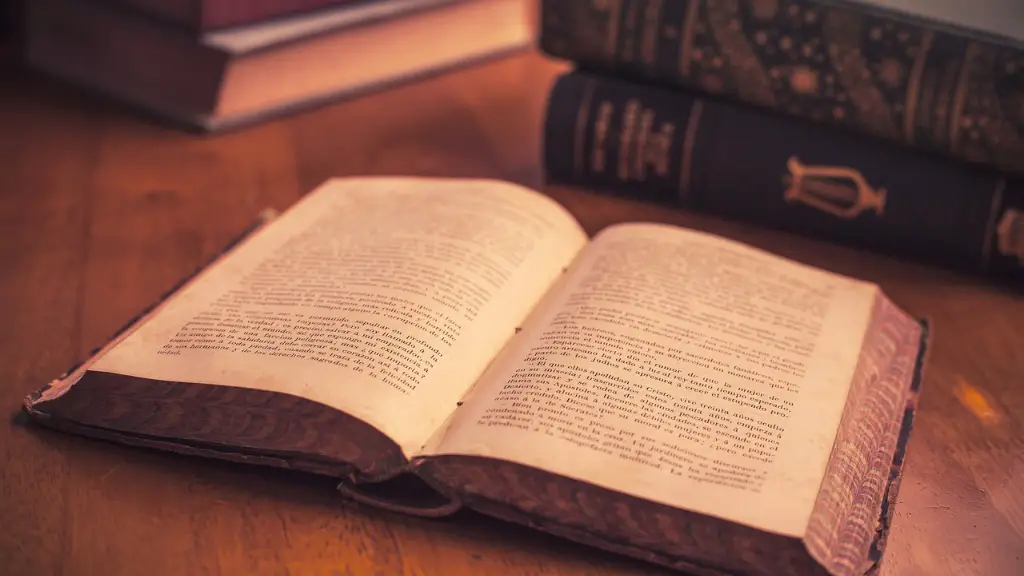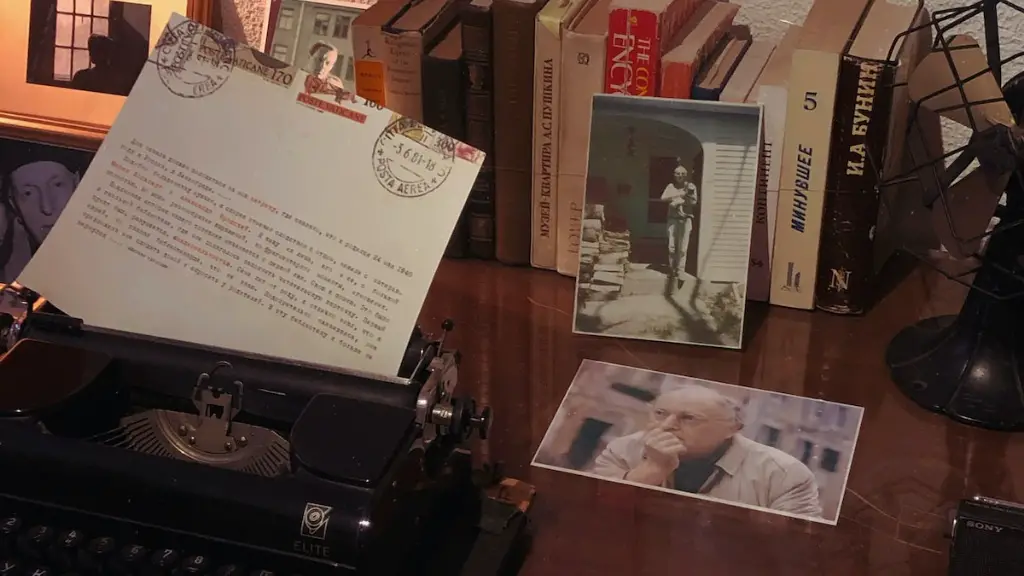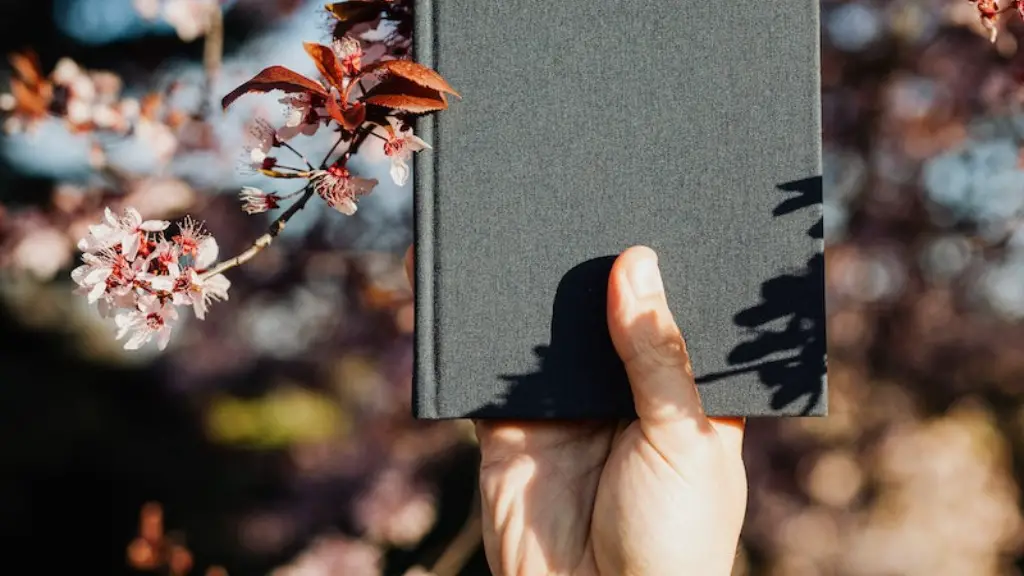Chapter 1: Technique and Tools
That instant when you realise your poem needs editing is a bittersweet one. Mastering the technique and identifying the right tools can help you bring out the best in your creation.
Before you begin, it is important to remember that editing is by far more than simply going through the poem to make corrections. It involves restructuring and refining the subject matter, tone and diction to emphasise the impact of your words.
To edit, ensure that you have a reliable source of criticism to which you can refer your work. There are some great editing tools available that can help you. For example, Grammarly helps identify and fix grammar, spelling, and punctuation mistakes, while Readability score checks the readability of your writing. Similarly, language and story-telling focused tools such as ProWritingAid or Hemingway Editor can help you identify potential issues and revise them, and tools like Ginger Software or AutoCrit can suggest ways to enhance the power of your words.
Chapter 2: Organization
Editing for organization is key to making sure your poem works aesthetically. Each stanza should be well-balanced and should work together with the poem as a whole. Make sure there is a structural flow between each line, or it could be too distracting.
Look closely at each stanza and its rhyme scheme, if you’ve opted for one. If you have, make sure the rhyme scheme is consistent; mismatched rhymes can throw off your poem’s rhythm. Alliteration, assonance, and onomatopoeia can help make your poem sound polished, so play around with these elements.
Also, take a step back and look at the overall rhythm of your poem. Are you using a regular metre throughout? If the rhythm drags on, try moving some lines around or adding pauses. Keep in mind that there can be no concrete rule for editing poetry; let your inspiration and creativity guide you.
Chapter 3: Diction
It is important to remember that the language we choose to convey our thoughts can say a lot about us as poets. Editing diction can help emphasise the effect of our words.
Be aware of the connotations and denotations of the words you’ve used. Utilise words with multiple meanings and sensibilities to add further dimension to your words. To ensure that the imagery your poem conjures up is vivid and evocative, ideas that can be expressed in a single word should not be expanded into multiple. Similarly, there is no need to use overly-complicated words or jargon – your poem should be accessible to the average reader.
On the flipside, there is a tendency for poets to slip into the trap of over-repetition. Try to steer away from clichés and hackneyed phrases. Instead, be bold and experiment with new words, but be careful to not go beyond people’s understanding.
Chapter 4: Tone
Tone is an integral part of poetry – it conveys the poet’s point of view and adds character to their words. Generally, the tone of a poem should remain consistent. Check just how it is expressed throughout your poem and make sure the tone is appropriate; you should use emotive language that matches the tone you’ve chosen.
Ensure that you pick out words that bring out the emotion you are going for, rather than relying on stereotypes – happy words with sad tones and vice versa. Think about the message you want to portray and use words that bring to life the emotion, atmosphere and vision.
Similarly, think about whether you’re writing the poem from a personal, abstract or social perspective; the tone and fitting words for each of those perspectives vary greatly.
Chapter 5: Style
As previously mentioned, there are numerous writing tools available to help you identify and fix issues with your poem. This could range from eliminating jargon or overly-complicated words, to flagging up excessive use of passive voice or overarching sentence structure.
Style is an important factor to consider and can make or break a poem. If you’re writing for a certain audience, make sure your poem is suited to them – if it’s for a more formal audience, use formal language and keep the tone professional. Similarly, if the poem is for less serious purposes, use language and structures more relatable to the audience.
Make sure your style is consistent throughout the poem – if you opt for a more traditional style with an intricate rhyme scheme, ensure every stanza has a similar structure. That being said, lines don’t need to be the same length, but they should flow, whether it be in metre or in rhyme.
Chapter 6: Final Tips
Tip 1: Your poem will usually read better if it is read aloud. Even if you’re the only one hearing it, this will help you work out any issues with it. If there are awkward pauses when you read it, or if it reads a little too fast, you’ll spot it quickly.
Tip 2: Don’t be afraid to edit as often as you need to. Consulting someone else who has read the poem will help you identify aspects of the poem you’re unable to identify, being too close to your own work. Have a few go-to people you can contact with your editing concerns.
Tip 3: Take a break! Step away from the poem, take a deep breath and immerse yourself in activities that have nothing to do with it. Engaging tasks such as walking in nature or meditating will help you get back to it with a refreshed mind and pick up aspects you may miss while being overly caught up in the poem.
Chapter 7: Working with Length
When you’re editing your poem, chances are you will have to tweak its length. This could be down to reducing it significantly or comprising with your ideas to extend the poem.
It depends on the form that dictates whether your poem should be short or long; if you’re following a set form, make sure you’re mindful of adhering to the rules and instructions. Even the shortest poems require editing for the length, looking for unnecessary words or repeated words and phrases.
On the opposite end of the scale, if you want to extend your poem so its length matches the form you’re following – perhaps haiku or sonnet – hone in on a theme and make sure each idea is stretched or built upon. This will help to create a sense of continuity within the poem.
Chapter 8: Repetition
Repetition can be a powerful tool if used correctly. It adds emphasis and creates a desired cadence throughout the poem, but too much repetition will overwork your reader’s attention.
When it comes to editing for repetition, pay attention to what words are being repeated and the overall sound of the poem. Typically, the last line will be memorable and should hold the essence of the poem’s theme within it. Make sure not to repeat this line or the readers will find it too predictable or annoying.
Look at the various ways you could use sounds, phrases and words to suggest repetition instead. For example, use effectively placed similes or metaphors to create unique chains of imagery without overcomplicating the poem. Choose your words wisely and think before you repeat – careful editing can help your poem make its desired impact.
Chapter 9: Spellcheck
Spellcheck is a must. Before you go ahead and share your poem with the world, run a thorough spellcheck and grammatical check. It’s easy to make mistakes and overlooking little errors can have a major effect on the poem.
Look at both the general spelling of words and the often misused homophones – such as ‘their’, ‘they’re’ and ‘there’. Pay attention to details and make sure you triple-check for typos – reading your poem over and over will help pick those up.
Using different spellcheck systems from the one that your word processor offers will help detect major spelling and grammar issues you could’ve missed.
Chapter 10: Syntax
Syntax is an important factor in poetry. A grammar checker can reveal a range of syntax issues – such as subject-verb disagreement and dangling modifiers- that you may have missed.
In terms of syntax, you should focus on using the active voice. Active voice is powerful and evocative, as it keeps the reader’s attention and focuses on action – whereas passive voice can draw out the poem and dull the poem’s power.
Also ensure that you review the verbs you’ve used and make sure they match the tone of the poem. Check to see if you’ve used the same verb range throughout, or whether you’ve varied it. Variety is key here as it can prevent the poem from being too monotonous.
Chapter 11: Point of View
Reviewing the poem from another point of view is key to effective editing. Take a step back and see if the poem reads appropriately for its intended audience. Usually, a second opinion from an objective person is invaluable; ask someone you trust to read it and take on board the changes or edits they suggest.
You can also make the poem more personal – if that’s an option – by including references to yourself. Using the pronoun ‘I’ can help if the poem’s focus is on personal experiences or thoughts. An opinion may be seen as more powerful when it is associated with the person who thinks it.
Ensure that the point of view you’re writing in is consistent throughout the piece – this includes consistency in the use of tense and style. Check to see if one style dominates more than the other throughout the poem.
Chapter 12: Re-reading
Re-reading is important to ensure that the poem reads with fluidity. A good way to do this is to read it from the end to the beginning – or from the middle – to see if it reads differently.
Be mindful of the poem’s main theme and idea – does it hold up throughout? Editing it multiple times helps with spotting any inconsistencies. If a particular image or concept appears only fleetingly or conspicuously, or if vocabulary and tone differ from one part to the next, then the poem doesn’t work. This could be down to you adding too much to the piece and needing to refine it.
Reading it out loud and finding any issues helps take care of minor editing problems. Hear your words and revise them when you notice any redundancies or awkwardness. When editing like this, read it without making notes and then read it through with changes. This will help you figure out whether the line still works or sounds better with the new tweaks you’ve made to it.



